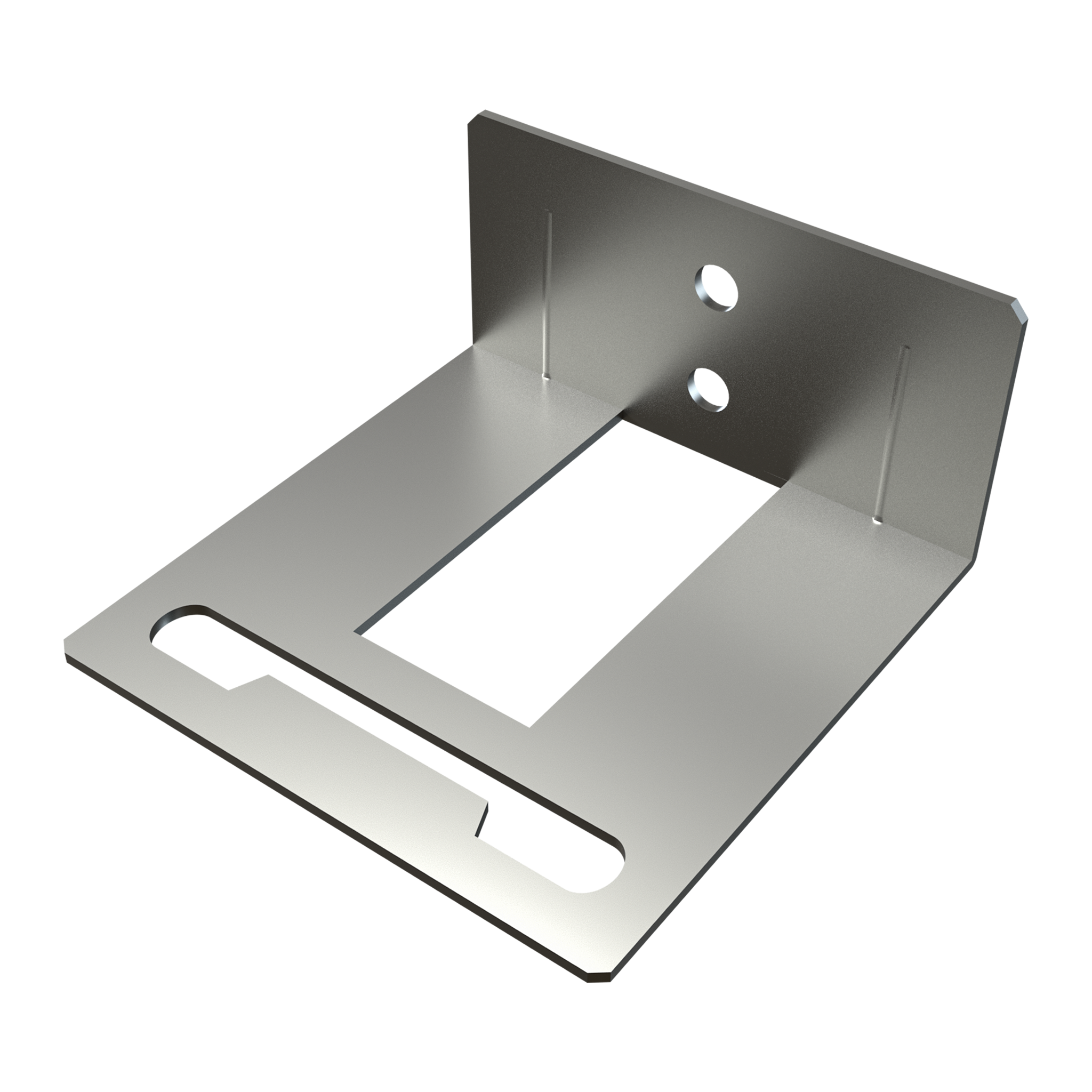
- Mobile Phone
- +8613931874955
- sales@cntcmetal.com
Exploring Trends and Insights in the Poultry Industry Beyond Current Markets
Understanding Poultry Net A Guide to Modern Poultry Farming
Poultry farming has evolved tremendously over the years, transitioning from traditional practices to more advanced methods that ensure efficiency, animal welfare, and sustainability. One of the most vital components in modern poultry farming is the use of poultry netting, a solution that serves both practical and protective purposes.
Poultry netting refers to various types of netting material used in the management of domestic birds, particularly chickens, ducks, and turkeys. This product comes in various sizes, shapes, and materials, all designed to enhance the safety and comfort of poultry. The primary function of poultry netting is to create a safe environment that protects birds from predators while allowing for efficient management of poultry operations.
The Importance of Poultry Netting
One of the main advantages of poultry netting is its capability to deter predators. In rural areas, poultry farms are often vulnerable to threats from wildlife such as foxes, raccoons, and birds of prey. By erecting robust poultry netting around coops and enclosures, farmers can effectively safeguard their flocks, ensuring that the birds are not only safe but also able to thrive in a stress-free environment.
Furthermore, poultry netting can be used to provide chickens with outdoor access while minimizing the risk of disease transmission. Free-range farming is becoming increasingly popular among consumers who favor ethically sourced products. Poultry netting allows farmers to offer their birds outdoor experiences without the complete risk of exposure to environmental threats.
Types of Poultry Netting
There are several types of poultry netting available, each suited for different applications. Some of the most common types include
1. Electric Fencing This type of netting uses electric currents to deter predators. It is an effective choice for free-range operations where birds are allowed to roam over a larger area. The gentle shock from the electric fence provides a barrier that is usually effective against most wildlife.
poultry net

2. Plastic Netting Lightweight and easy to install, plastic poultry netting is often used for smaller flocks or temporary setups. It is affordable and provides a basic level of protection against ground predators.
3. Wire Mesh This is one of the most durable forms of poultry netting, offering strong protection against larger predators. Wire mesh can be used in permanent structures and provides a long-term solution for serious poultry farmers.
4. Bird Netting Specifically designed to keep out birds, this type of netting can be particularly beneficial for gardens or areas where fruits and vegetables are planted alongside poultry operations.
Implementing Poultry Netting
When implementing poultry netting, farmers should consider their specific needs, including the type of poultry, the local environment, and potential threats. Proper installation is crucial to ensure that the netting effectively fulfills its purpose. The netting should be tensioned well and secured to avoid sagging, which could allow smaller predators to gain access.
Moreover, regular maintenance checks are essential to keep the fencing in good condition. Farmers should inspect the netting periodically for any signs of wear, damage, or breaches that could compromise the safety of their flocks.
Conclusion
In conclusion, poultry netting is an indispensable tool in modern poultry farming, enabling farmers to protect their flocks from predators while promoting ethical and sustainable farming practices. As the demand for free-range and humanely-raised poultry continues to grow, adopting the right type of netting will be essential for farmers who aim to meet the evolving expectations of consumers. By understanding the various options available and ensuring proper implementation, poultry farmers can not only safeguard their investments but also contribute to the overall welfare of their birds.
share:
-
Your Source for Concrete Wall Ties and Masonry AccessoriesNewsJul.10,2025
-
Unlocking the Power of Iron Wire for Every ProjectNewsJul.10,2025
-
Explore Advanced Chain Wire and Stainless Steel Mesh FencingNewsJul.10,2025
-
Discover the Benefits of Annealed Wire ProductsNewsJul.10,2025
-
Discover China Stainless Steel Wire Mesh SolutionsNewsJul.10,2025
-
Build with Confidence Using High-Performance Masonry AccessoriesNewsJul.10,2025
-
Why Sacrificial Formwork Is Redefining Underground ConstructionNewsJun.06,2025



















